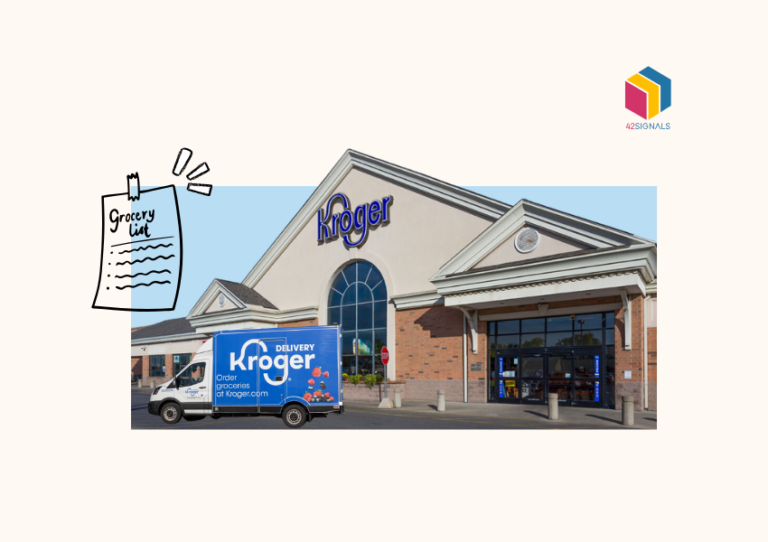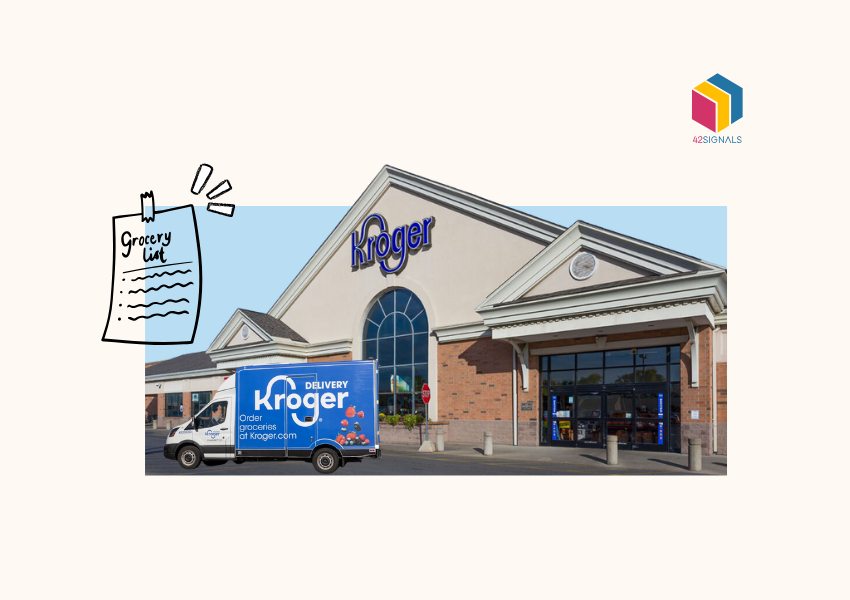In the sprawling marketplace of Amazon, customer reviews are often seen as the digital equivalent of word-of-mouth recommendations. Amazon reviewers provide vital insights for prospective buyers and offer brands a clear picture of how their products are received.
But these reviews also serve another critical purpose: they can reveal troubling patterns tied to unauthorized sellers who use deceptive practices to harm both customers and brands.
Unauthorized sellers—those who list products without proper agreements with the brand—are a growing concern in ecommerce. These rogue actors often undermine brand integrity by misrepresenting products, failing to deliver the advertised item, or engaging in outright scams.
Leveraging Amazon data, voice of customer analytics, and seller intelligence can help brands proactively address these challenges and maintain their reputation.
How Amazon Reviewers Help Brands Safeguard Product Authenticity?
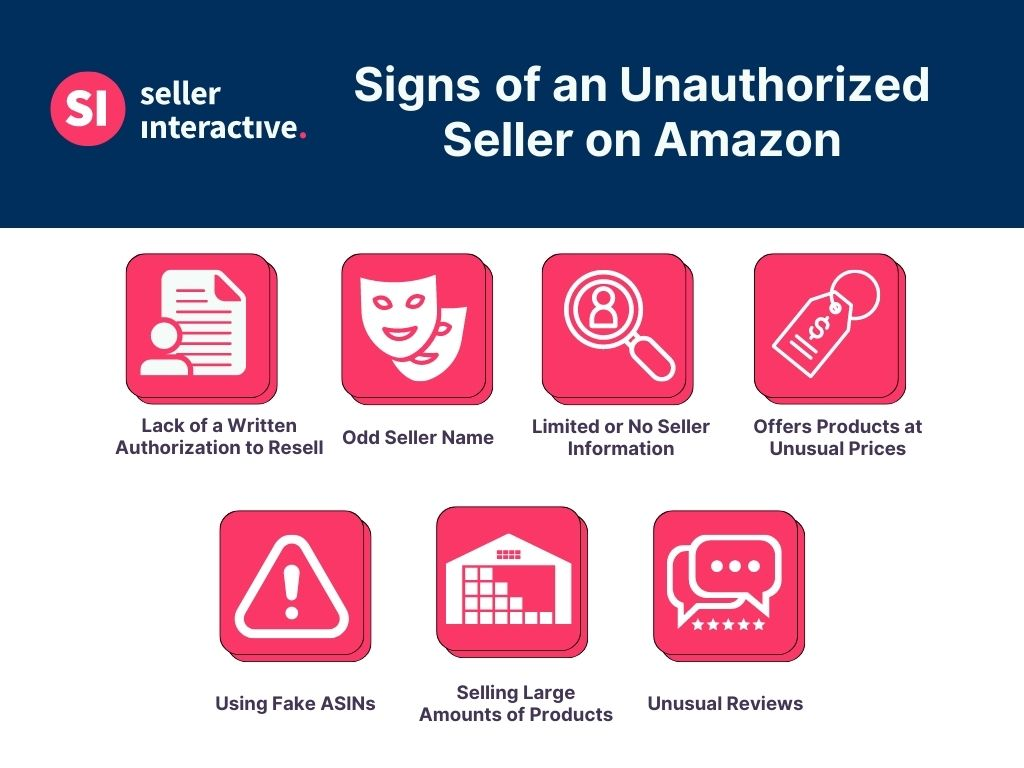
Image Source: Seller Interactive
How Unauthorized Sellers Use Deceptive Tactics to Harm Brands?
Imagine a customer scrolling through Amazon, looking for a well-reviewed product. They stumble upon an item with glowing five-star reviews and detailed feedback complete with photos, convincing them of the product’s quality.
But if they dig deeper into the reviews, especially Amazon reviewers leaving one- and two-star ratings, they might notice alarming complaints: “I never received the product,” or “I got a random, cheap item instead of what I ordered.”
This discrepancy often points to the presence of unauthorized sellers exploiting the brand name.
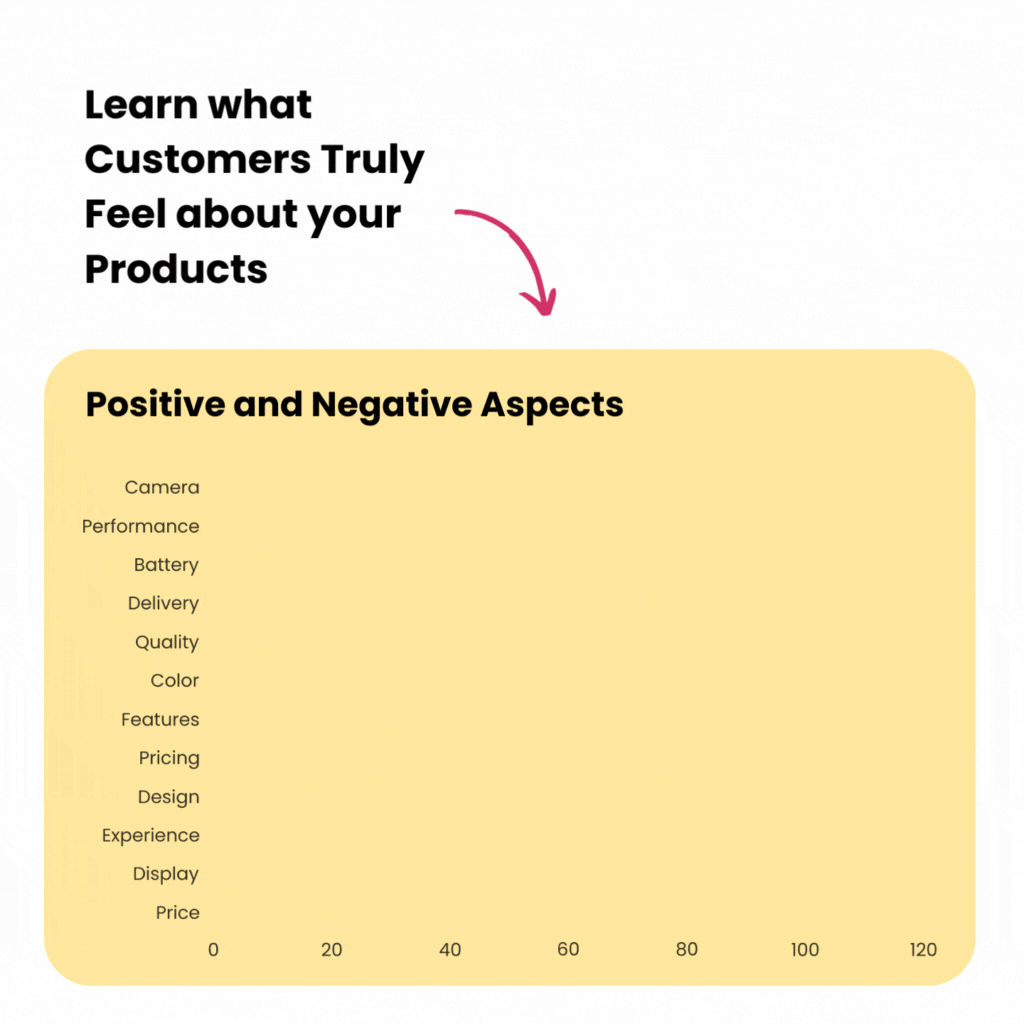
These sellers capitalize on established brand recognition, listing products that appear legitimate to unsuspecting customers. They may even purchase the product from authorized sources initially to generate a few genuine reviews with photos.
Once these listings gain traction, the unauthorized sellers switch to counterfeit or entirely unrelated items, leaving customers frustrated and tarnishing the brand’s reputation.
How Does Amazon Reviewer’s Content Impact Brands?
Brands face significant consequences when unauthorized sellers infiltrate their ecommerce presence:
1. Erosion of Trust
Negative experiences with unauthorized sellers reflect poorly on the brand, even though the brand itself might have no direct involvement. Customers often associate these failures with the company rather than the rogue seller.
2. Loss of Revenue
Unauthorized sellers often undercut prices, eroding profit margins for authorized sellers and the brand itself.
3. Damaged Reputation
Poor reviews tied to unauthorized sellers can permanently damage customer perception of the brand, making it harder to win back trust.
4. Challenges in Enforcement
Identifying and removing unauthorized sellers can be difficult without the right tools, especially given the scale of Amazon’s marketplace.
How Amazon Reviews Help Monitor Seller Activity & Brand Integrity?
Amazon product reviews are a goldmine of information, offering actionable insights for brands to monitor the activities of authorized and unauthorized sellers. Here’s how reviews can serve as a critical tool:
1. Spotting Red Flags
Regular monitoring of reviews can help identify patterns that indicate unauthorized seller activity. For instance, a sudden spike in complaints about non-delivery or receiving the wrong product is a clear signal that something is amiss.
2. Voice of Customer Analytics
Advanced analytics can help brands mine review data for recurring keywords and sentiments. Phrases like “didn’t receive,” “fake,” or “wrong item” can highlight potential issues with specific sellers.

3. Seller Intelligence
Tools that provide detailed seller analytics can help brands identify unauthorized sellers and assess their impact. For instance, brands can track which sellers are listed for their products and cross-reference with authorized reseller lists.
4. Product Analytics
Reviews can reveal specific product issues that unauthorized sellers might exploit. For example, if a counterfeit seller is targeting a high-demand product, patterns in reviews can help brands identify which items are most at risk.
How Brands Can Stay on Top of Unauthorized Sellers?

To safeguard their reputation and maintain customer trust, brands must take proactive steps to monitor and manage their resellers. Here are some strategies:
1. Establish Clear Policies for Authorized Sellers
Brands should have robust agreements with their authorized sellers, detailing pricing, branding, and customer service standards. Regular audits of authorized sellers can help ensure compliance.
2. Invest in Ecommerce Analytics Tools
Platforms offering ecommerce analytics can track seller activities, pricing anomalies, and product availability across marketplaces like Amazon. These tools provide real-time insights to detect and address unauthorized listings quickly.
3. Monitor Reviews Regularly
Brands should allocate resources to monitor Amazon reviewer’s reviews of their products. This includes keeping an eye on overall trends as well as individual reviews. A combination of manual review and AI-driven analytics can help identify unauthorized sellers more efficiently.
4. Take Legal Action When Necessary
Brands can work with Amazon to file complaints against unauthorized sellers and request the removal of infringing listings. In cases of counterfeiting, pursuing legal action can deter future violations.
5. Educate Customers
Brands can add disclaimers to their product pages, advising customers to verify the seller’s name before purchasing. Providing a list of authorized sellers on the brand’s website can guide customers to legitimate sources.
Steps Customers Can Take Against Unauthorized Sellers
Customers, as Amazon reviewers, also play a role in combating deceptive practices. By taking a few precautions, they can ensure they purchase from reputable sellers:
1. Read All Reviews
• Focus on negative reviews to identify potential red flags, such as complaints about non-delivery or counterfeit products.
• Look for detailed reviews with photos and videos, but also verify that these reviews aren’t isolated.
2. Check the Seller’s Name
• Ensure the seller is listed as an authorized reseller by the brand.
• Avoid newly created seller accounts with limited feedback.
3. Scrutinize Pricing
• Extremely low prices compared to other listings may indicate counterfeit or low-quality products.
4. Leverage Amazon’s Tools
• Use the “Report” button on suspicious listings to alert Amazon to potential fraud.
How Data Helps Combat Unauthorized Sellers on Amazon?
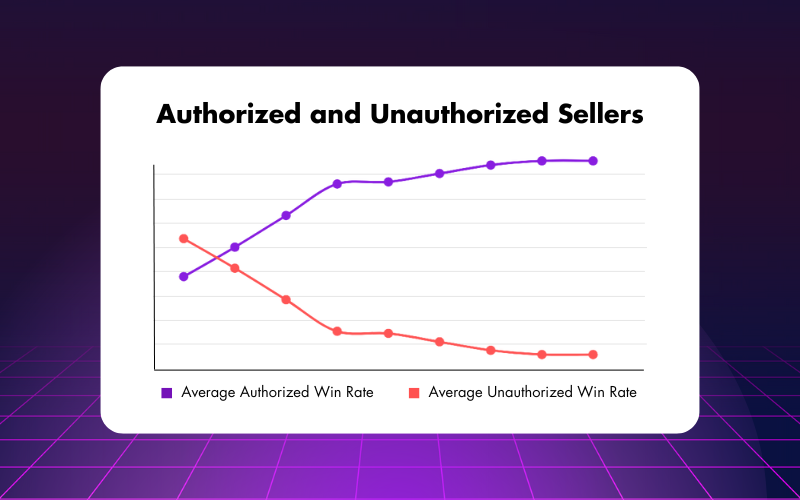
Image Source: IP Secure
With the right data-driven tools, brands can stay ahead of unauthorized sellers. Amazon data, combined with voice of customer analytics and seller intelligence platforms, provides a comprehensive view of the marketplace. These tools enable brands to:
- Monitor changes in seller behavior.
- Identify anomalies in product listings or pricing.
- Track customer sentiment across reviews.
By leveraging data effectively, brands can ensure their ecommerce presence remains authentic, reliable, and trusted by customers.
Conclusion
Amazon reviewers and reviews offer more than just a window into customer satisfaction; they are a critical tool for identifying and addressing the activities of unauthorized sellers. By harnessing ecommerce analytics, monitoring reviews, and educating customers, brands can protect their reputation and maintain trust in their products.
In an increasingly competitive online marketplace, vigilance is key. With proactive strategies and the right tools, brands can stay on top of both authorized and unauthorized sellers, ensuring their brand remains synonymous with quality and reliability.If you’re looking to monitor your customer reviews on multiple online marketplaces, schedule a demo with us today.



